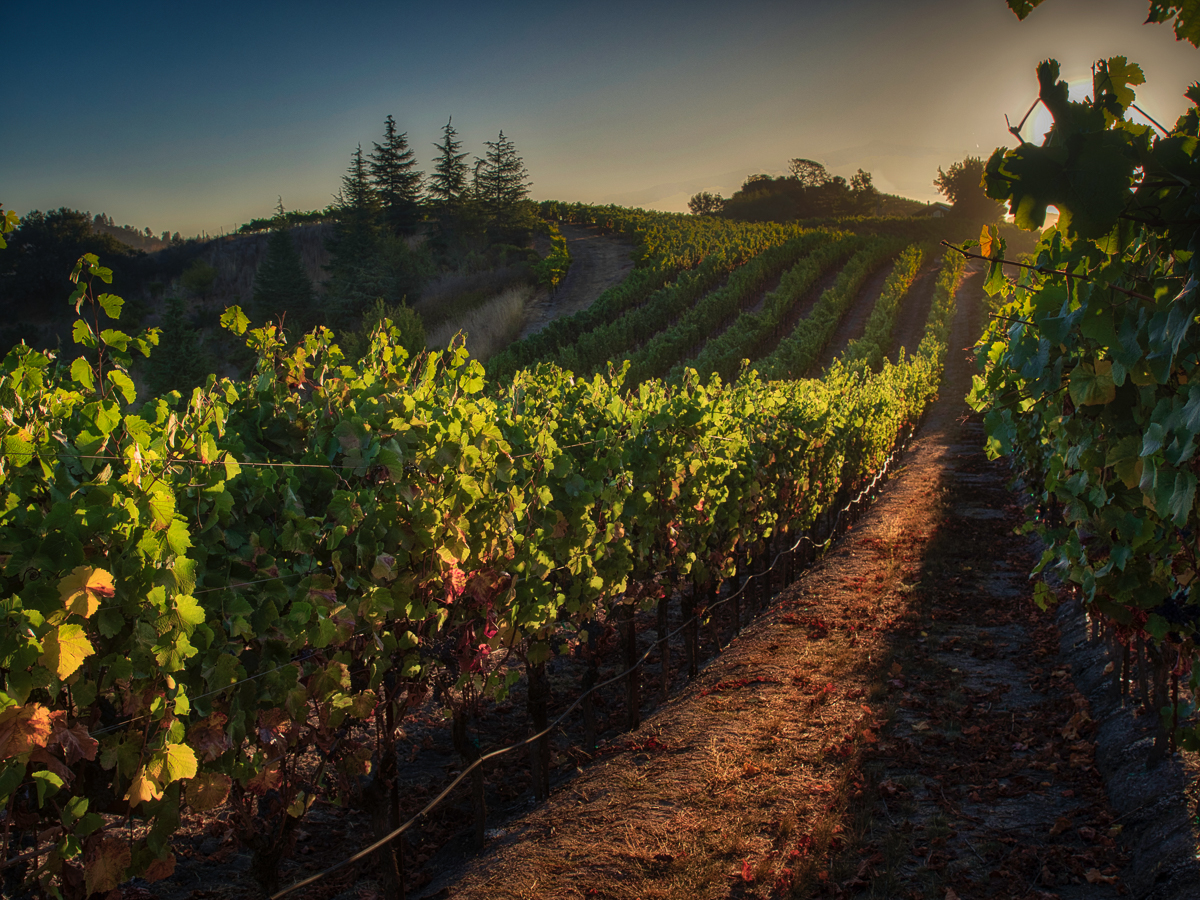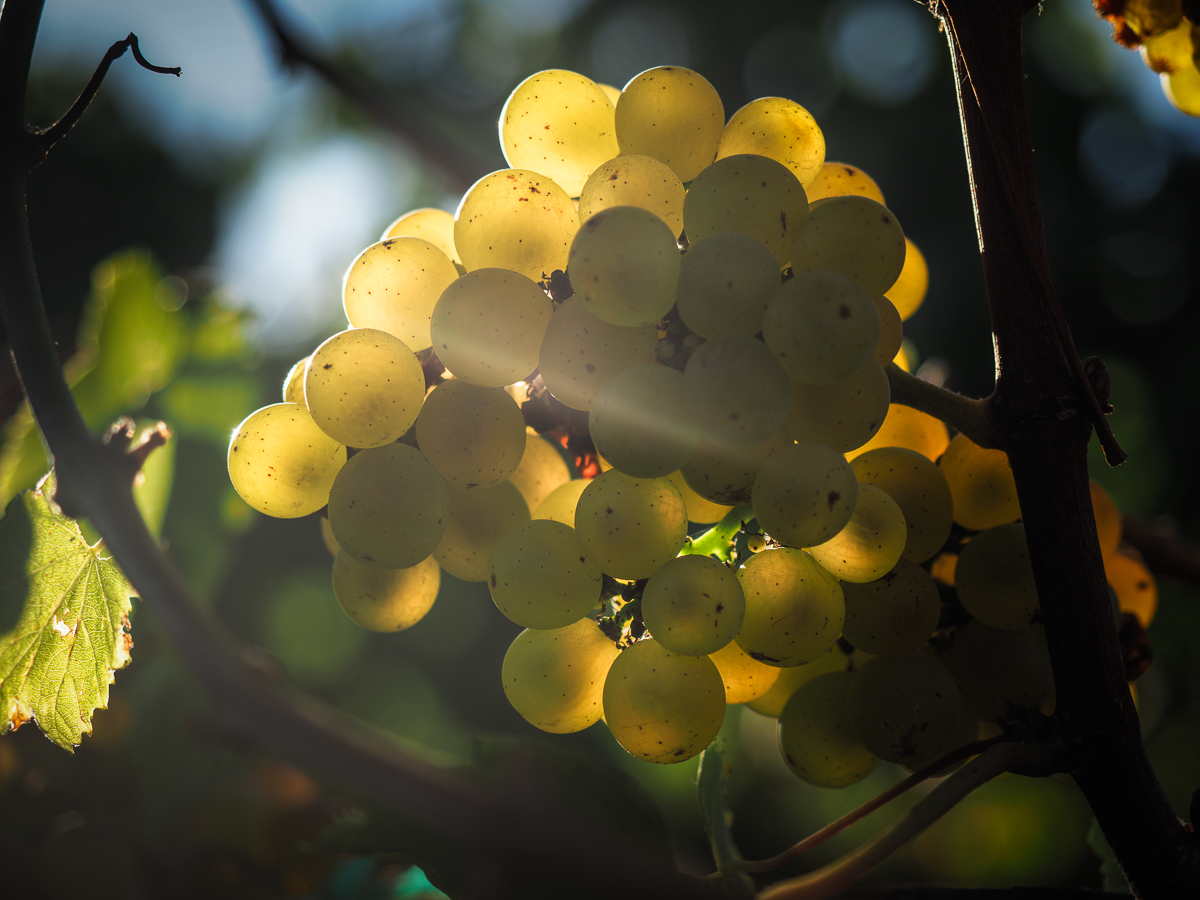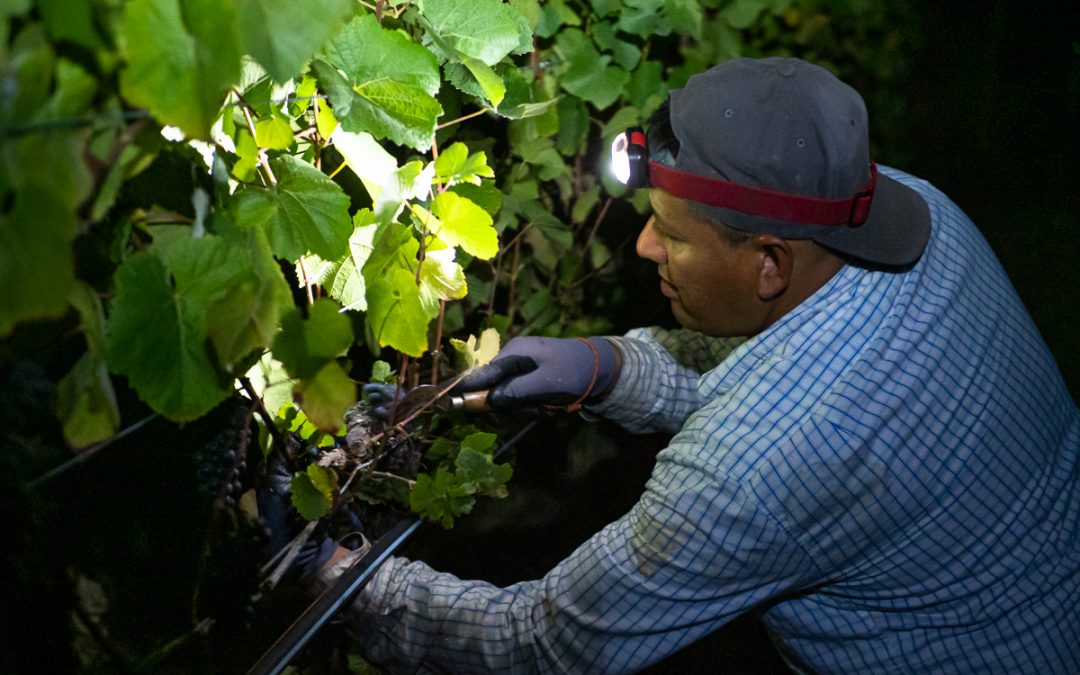The Tyranny of “Genre”
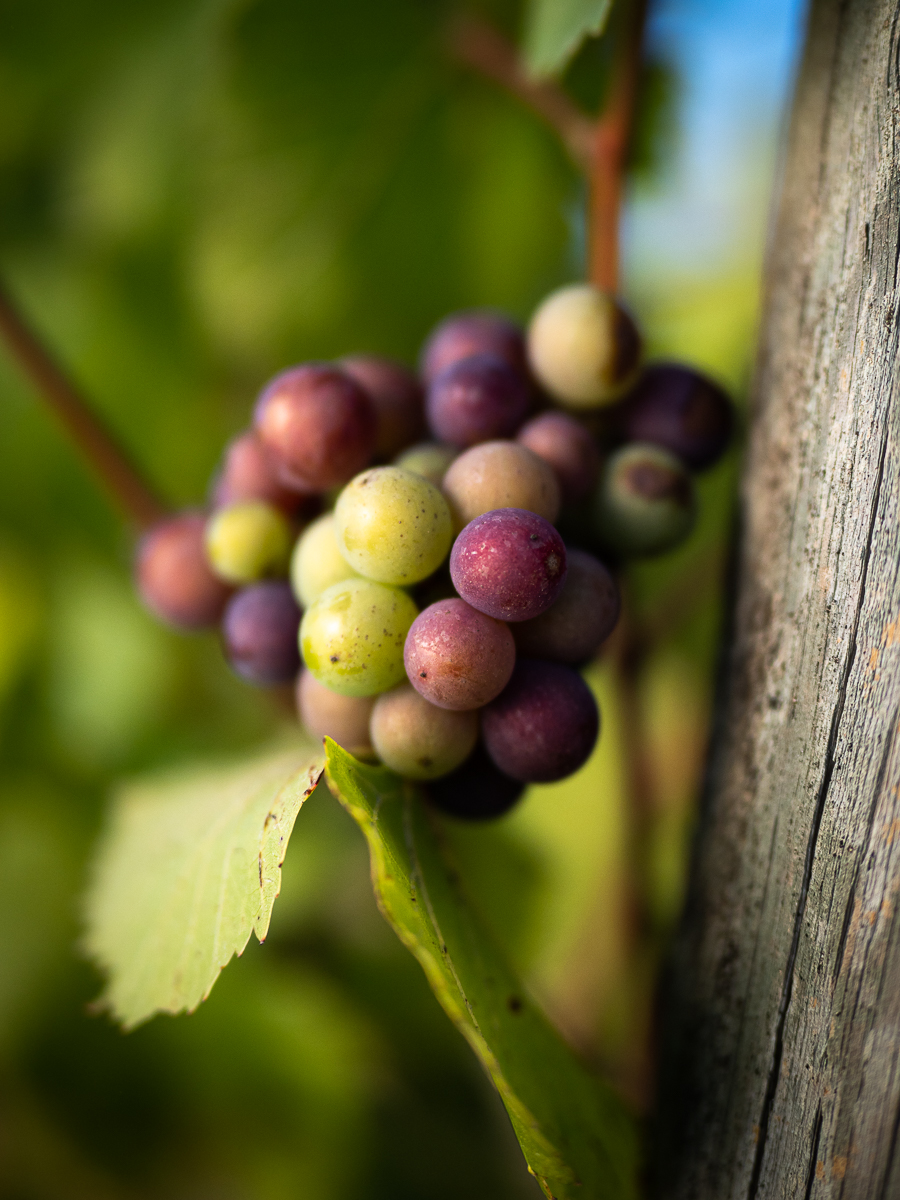
I recently wrapped a second photography assignment for Russian River Vineyards. The assignment this time was to shoot the harvest and provide still images as well as video to reinforce the RRV brand of artisan winemaking. It consisted of 3 days of shooting, 4 different genres of photography, shooting at night in the vineyards, shooting in a processing plant, etc. etc. Yes, it was exhausting. But I’m very pleased with the results, as is the client. And now that all that is in the can, I have been reflecting on this venture into a very interesting class of commercial photography.
Photographers tend to think, and focus their efforts, in terms of specific genres of the business. There are “fine art” photographers, “portrait/head shot’ photographers, ‘fashion” photographers, etc etc. These genres or specialties define careers because they tend to define specific revenue streams reflecting the way money is spent on photography. People need photography for different things. They might need a photographer to shoot their wedding, to make their AirBnB offering look great, or to make product shots for their online store. These specialties are characterized by different types of clients and are funded by budgets coming from different places on the ledger. But most importantly, they require different creative and stylistic approaches. And so it is generally received wisdom in the photography community that you should specialize. You should go narrow, get really good at one thing, be the best you can be at that thing, and thereby maximize your success.
But I think that’s largely bullshit, for two main reasons: one, I think the creative journey of a photographer is greatly served by doing vastly diverse forms of work, both because of the breadth of skills you learn, and more specifically, what you can learn in one genre and transport to the other one to make it new and distinctive…also known as better. And two, there are important forms of work where you might need to speak with one creative, stylistic, or narrative voice across many different genres of photography.
The Project
A case in point is my client, Russian River Vineyards. Their brand is largely defined by what is considered “artisanal winemaking”. Without getting in to the weeds, it is winemaking characterized by small production runs, single-vineyard wines, and allowing the flavor and character of the wine to reflect the fruit. As such, it is the antithesis of an overbearing, tail-wags-the-dog process of chemical interference to nail a market-tested flavor profile. It boils down to a very hands-on approach by the winemaker, and requires a solid foundation of talent as a farmer.
So how do you shoot that? Well, it was my job to figure that out. But what was clear from the outset was that we needed to speak to many starkly different aspects of the client’s business, but speak with a unified voice and tone. The scenes would be very diverse, but the visual language of all the work needed to belong to a single, recognizable voice. We needed to profile the winemaker as the central “hero” character, aka environmental portraiture. We needed to capture the harvest process, which happens in the middle of the night (literally). We needed to feature the product, aka product photography. We needed to capture an industrial process, and humanize it. We needed a sense of place in vineyards and the fruit on the vine, aka landscape photography.
You could make a case that you needed 4 or 5 different photographers. A major consumer brand might tackle this problem by having a Creative Director overseeing a gaggle of shooters. But even if the client’s budget could abide that, it would have been the wrong approach, in my opinion. A single shooter, if capable of busting genre boundaries, can more likely achieve that critical unified voice and tone. So here’s what I did, in the form of advice and tips I would give to anyone tackling this type of work, as a photographer or as the client/agent hiring the photographer.
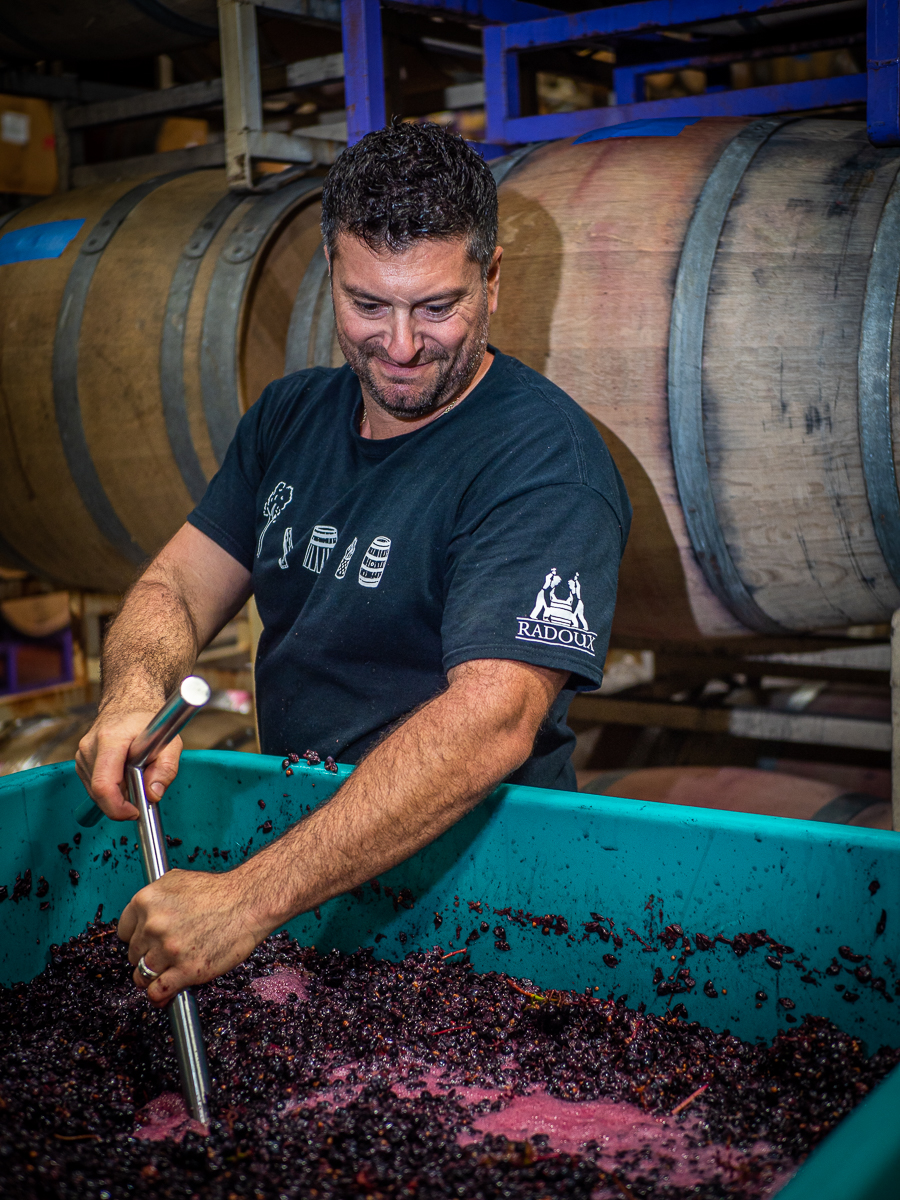
Five Things
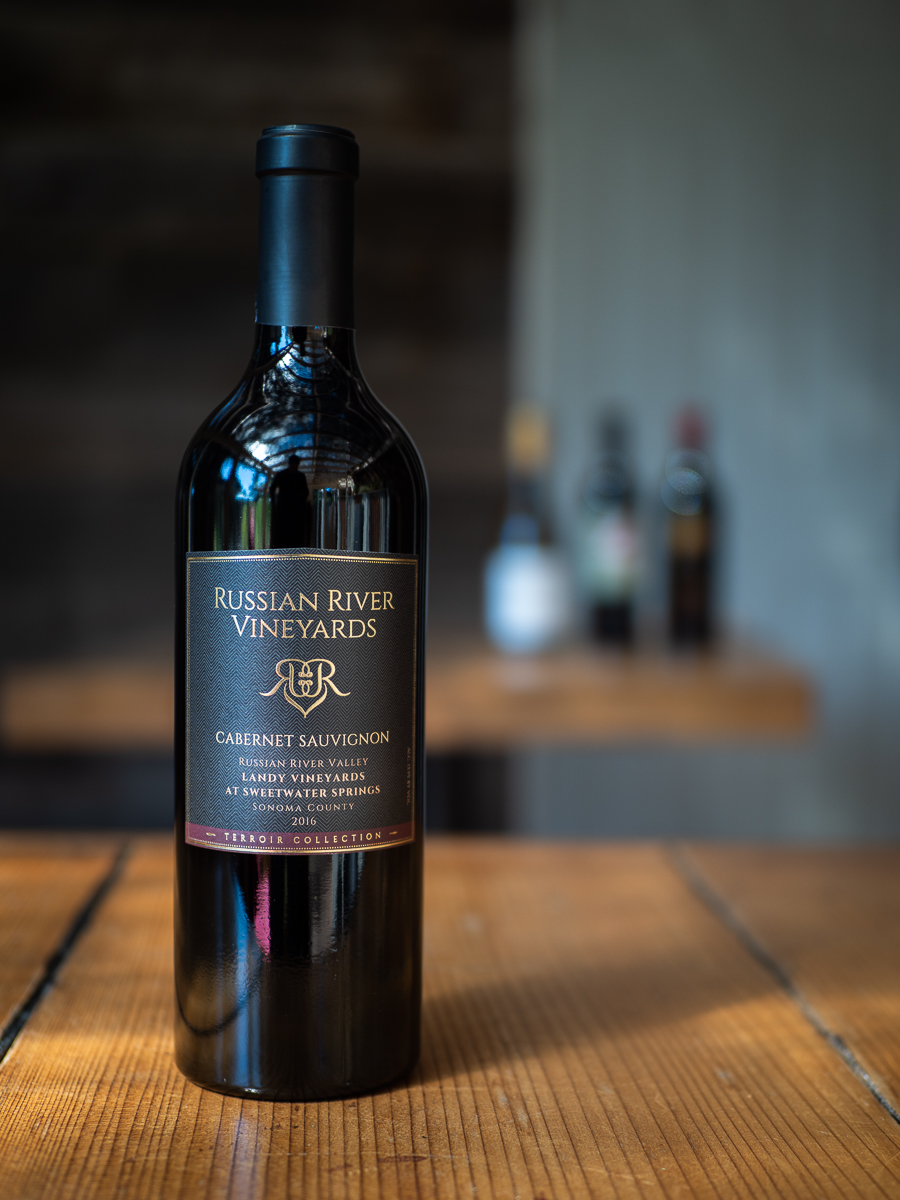
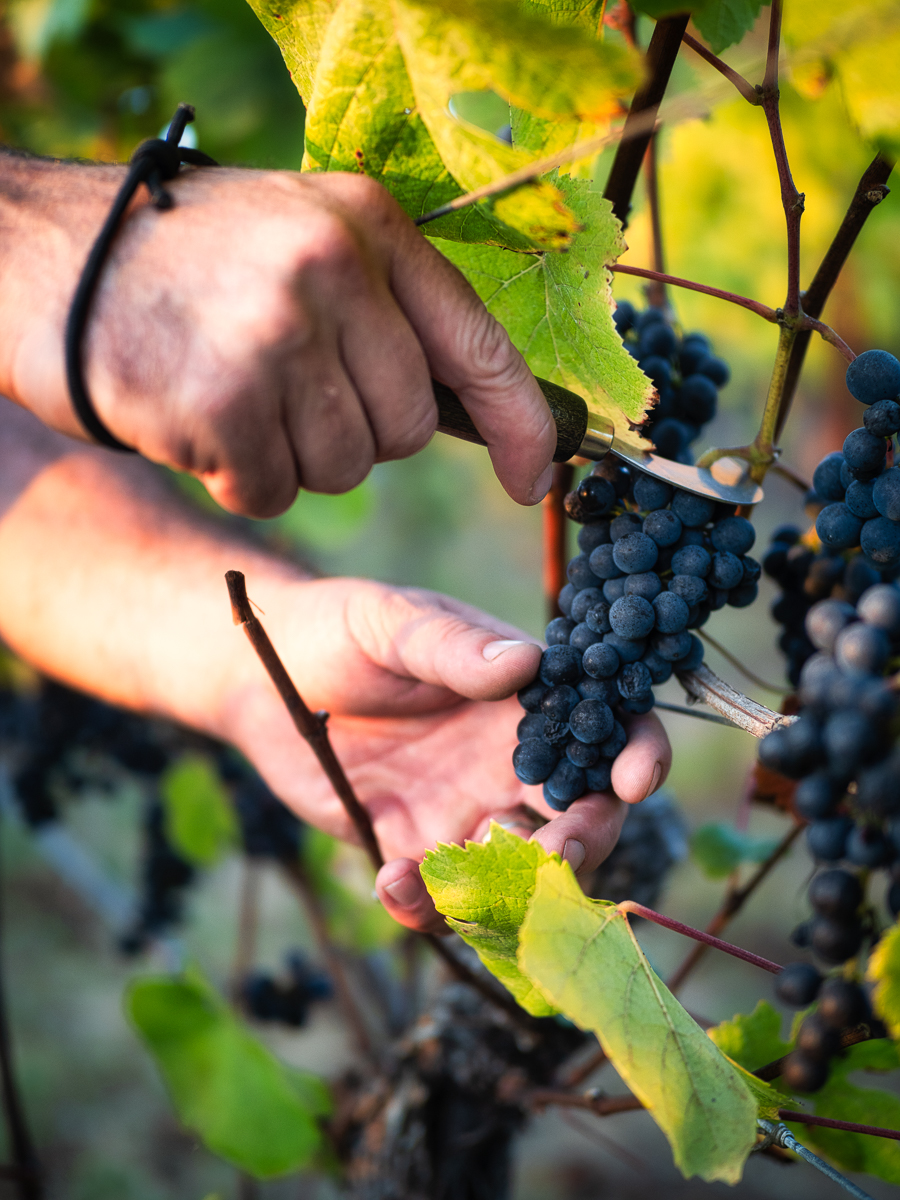
Understand the brand: Whether its a person or a company, there is a brand. The brand has defining attributes, those things that set it apart. Those attributes are what should come through in your work. I was fortunate in this case that those things were clearly articulated. Artisanal winemaking is a thing, and I went in knowing about that thing and why it matters. And it showed up in the work. So if the brand is not defined, push back and get the info you need. You will be glad you did.
Flip your perspective: don’t do genre-based work. Do brand-based work. If your mind-set is “okay, now I need to get in to landscape mode and follow the rules of that genre”, then you’re probably doing it wrong. Sure, some techniques apply to certain shots and not others. But the critical factor is how well and how clearly you convey the attributes of the brand across all the different things you shoot. Practice diversity in your craft, so technique is second nature as you bounce around different genres. But keep the brand mission as the primary driver of your creative approach.
Keep it authentic: for this client, we needed to capture the winemaking process in real time. It’s not exactly a photojournalistic approach, but it has a similar sensibility. Images were generated from the winemaker and his associates doing the actual work. My job as a photographer was to document this activity and imbue it with the style that would convey the care and craft being employed in the process. This is the best, and in many cases the only way to convey the attributes of the brand in a way that is credible. This doesn’t mean you should never book a location, use models, or work with staging/lighting. But by and large, it means you should avoid doing those things if they only add production value without conveying the brand narrative & voice.
Be nimble, adaptive and ready to move: if your work is representing a brand, and that brand has many moving parts, you have to be ready to move to the rhythms of the organization and get comfortable in an unpredictable variety of situations. This is the stuff that takes on a journalistic feel. They harvest grapes at night…you shoot at night. If they crush in a warehouse with heavy machinery flying around, you need to adjust on the fly to get the shots you need and stay safe.
Be vocal about what you need: shooting a project of this type makes you a brand steward, but don’t forget that you are a photographer and you are the subject matter expert in that area. Be vocal with the client. I had little success getting the RRV winemaker to stop and focus on my content needs. But I made sure that he understood what I was looking for and why. So he was able to accommodate me on the fly with poses or gestures that greatly contributed to the work, many of which I would not have known to ask for, given my limited knowledge of what winemakers do. As in many cases, communication is critical.
Wrapping it Up
At the end of the day, this project ended up being a very satisfying journey across genre boundaries to develop a library of coherent visuals that, taken as a collected work, can do the hard work of conveying the essence of the client’s distinctive form of winemaking.
